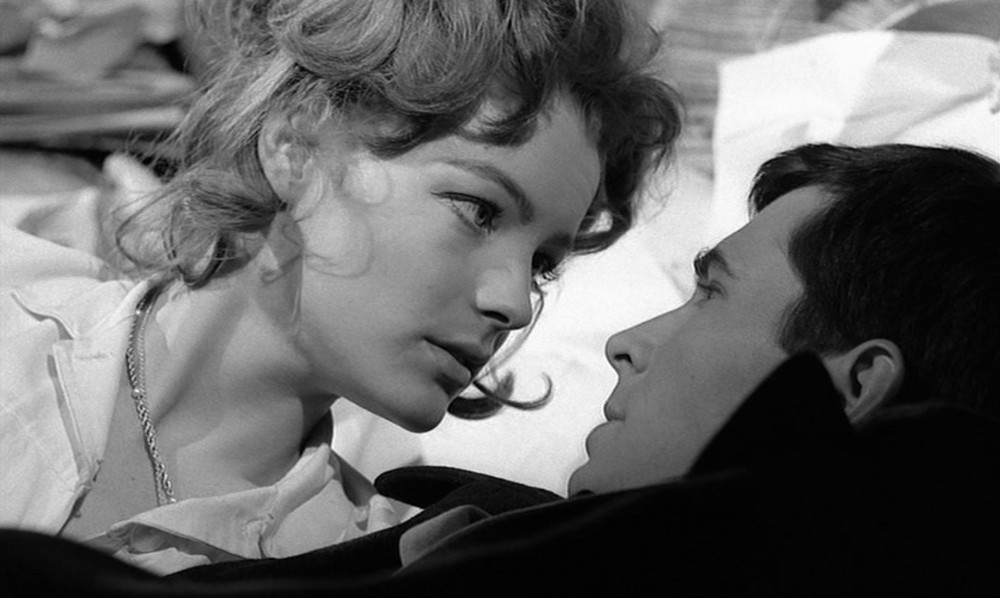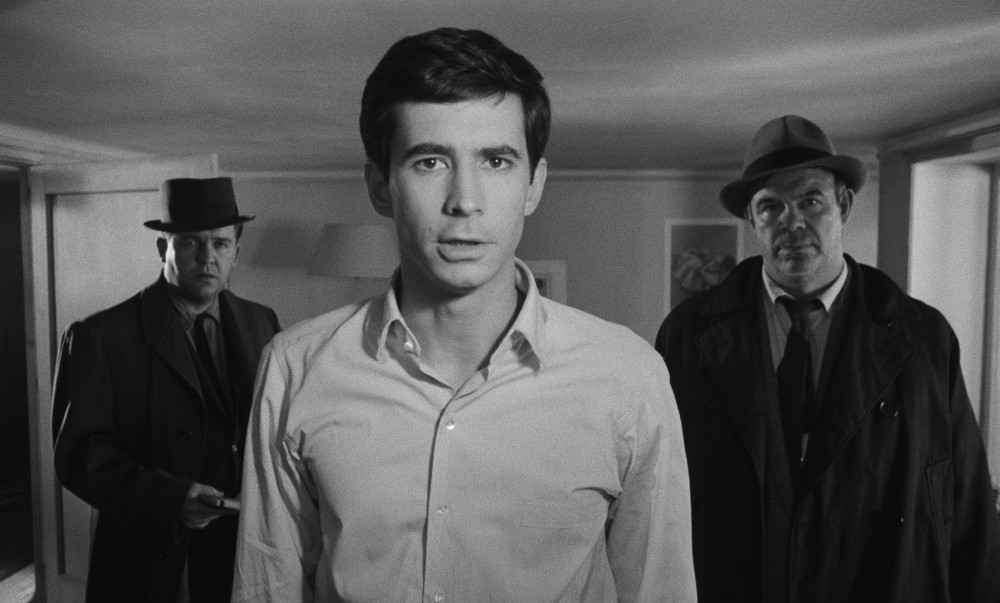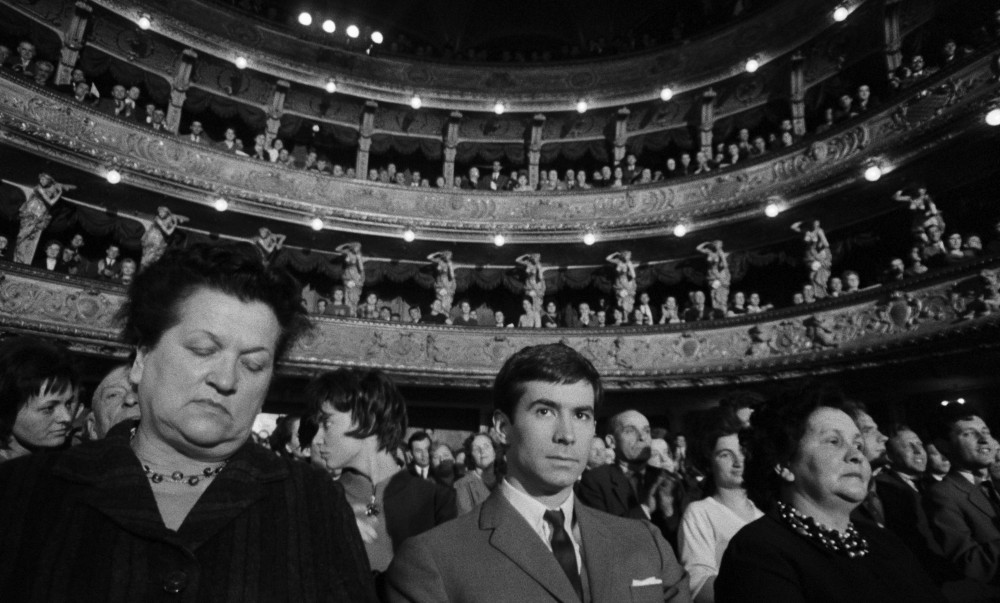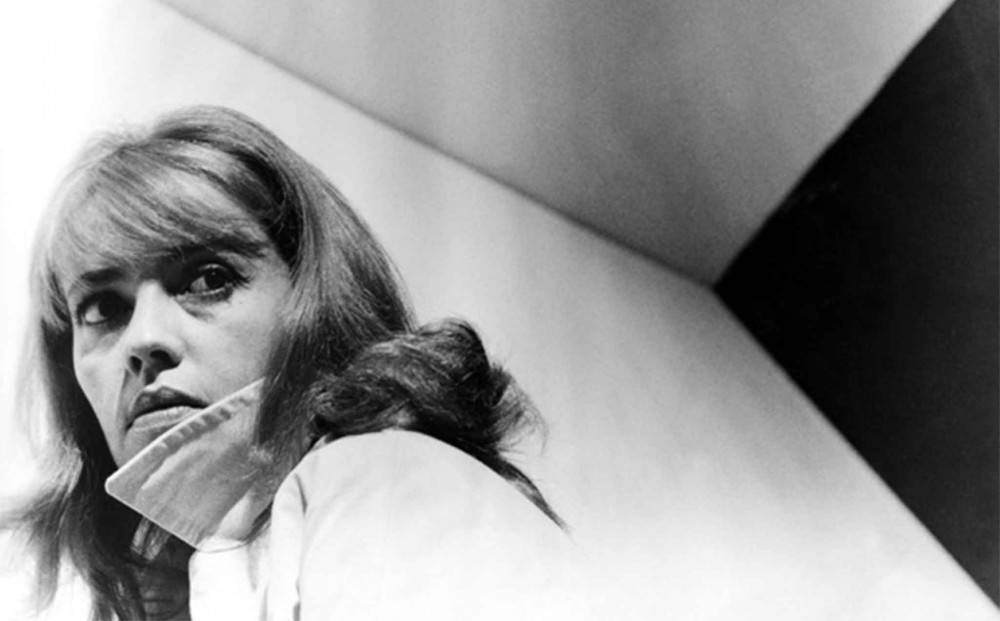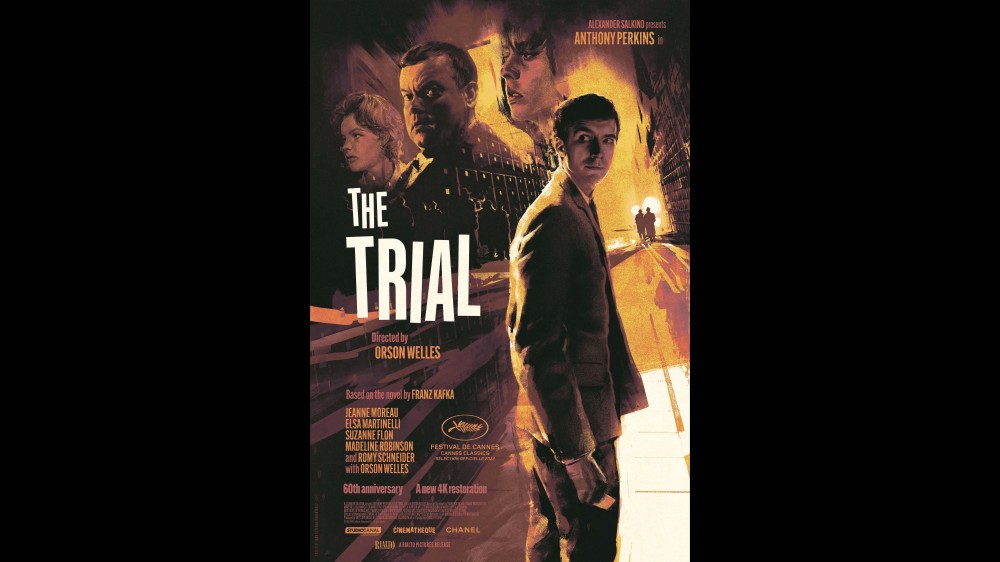Orson Welles' THE TRIAL
MUST END THURSDAY, JANUARY 5
8:30
60th ANNIVERSARY 4K RESTORATION
Directed by Orson Welles
France/Italy/West Germany, 1962
Starring Anthony Perkins, Jeanne Moreau, Romy Schneider, Orson Welles
In English.
Approx. 118 min. 4K Restoration.
Anthony Perkins' Josef K. realizes he is under arrest for an unspecified crime; he enters a nondescript door and an immense crowd rises to its feet; two detectives beat a third in a tiny room lit by a single, swinging bulb; and in a gigantic office the desks stretch on, and on... The victim of a nightmarish, dystopian scenario, K ultimately begins doubting his own innocence.
Welles' view of Kafka's classic of meaningless persecution changes the ending and rearranges the plot, but remains faithful to the incidents within those parameters; while stylistically attaining some of the most baroque effects of Welles' career, cutting from Stalinist apartment blocks in Zagreb (including 800 typists in a single room) to the seemingly endless nooks, crannies, and cavernous vaults of the vast deserted Gare d'Orsay in Paris, while Albinoni's Adagio for Organ and Strings plays both forwards and backwards on the soundtrack. With Jeanne Moreau as a sullen nightclub entertainer, Romy Schneider as a web-fingered, eager-to-please "nurse," a band of feral nymphettes, and Alexander Alexeïeff's hypnotic "pinscreen animation" prologue. A uniquely personal work (Welles dubbed 11 of the characters himself), this was his first film since CITIZEN KANE to be released as he intended.
A RIALTO PICTURES RELEASE.
With support from the Ada Katz Fund for Literature in Film.
Reviews
“THE BEST FILM I EVER MADE.”
– Orson Welles
“GAVE US A NEW WAY OF LOOKING AT FILMS.”
– Martin Scorsese
“A frenzy of Expressionistic images. Bursts through the screen to evoke an oppressively incomprehensible system of edicts and constraints. And who better to reveal the system’s evil genius than Welles?”
– Richard Brody, The New Yorker
"Above all a visual achievement, an exuberant use of camera placement and movement and inventive lighting.”
– Roger Ebert

